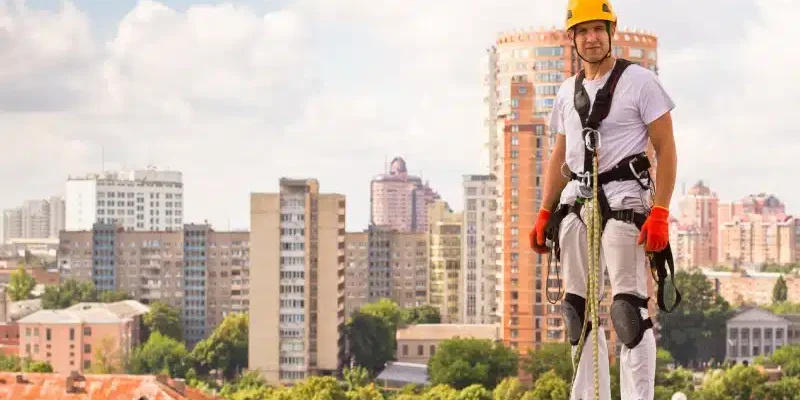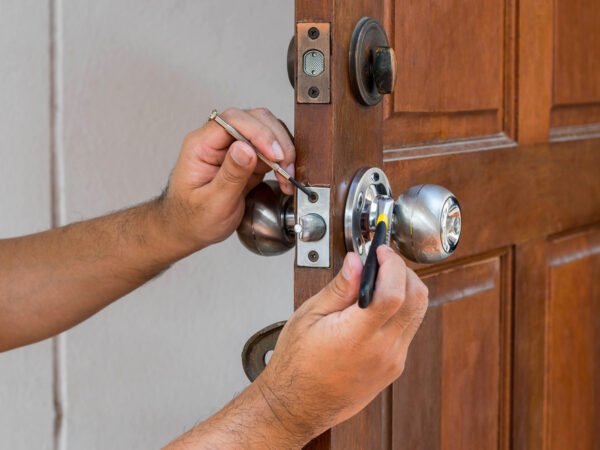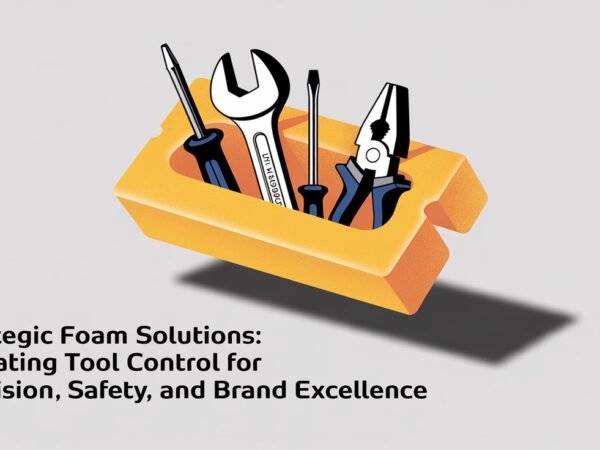Working at height is part of daily life across many industries. Construction, maintenance, utilities and telecoms all rely on it.
However, it remains one of the biggest risks in the workplace. Falls from height continue to be the leading cause of fatal workplace injuries in the UK. Even a fall from a relatively low level can cause serious harm.
Businesses cannot afford to treat working at height casually. Safety is not just about wearing a harness or checking a scaffold once. It is about building strong habits, planning every task properly, and ensuring that every action supports safe working.
This article shares practical tips and best practices for anyone managing or carrying out work at height. It shows how smart planning, simple actions and the right training keep workers safer.
Understanding the Legal Duties for Working at Height
Working at height is tightly regulated. The requirements are clear and there is little room for interpretation.
The Work at Height Regulations 2005 set out specific duties. Employers must plan all height work properly, ensure work is carried out safely, select appropriate equipment and confirm that workers are competent to perform their tasks.
Where possible, work at height should be avoided altogether. If it cannot be avoided, employers must assess and reduce the associated risks.
There is also a duty to inspect equipment regularly. Harnesses, ladders, scaffolds, and mobile platforms all require thorough and frequent checks.
The Health and Safety at Work etc. Act 1974 underpins these duties by requiring employers to ensure, so far as reasonably practicable, the health and safety of their employees.
Failure to meet these legal responsibilities can lead to significant consequences, including fines, legal action and, far more seriously, injuries or loss of life.
Understanding these obligations forms the foundation of safe working at height.
The Importance of Risk Assessment and Planning
Rushing into work at height without proper planning is extremely dangerous.
Every task must be supported by a risk assessment. Before anyone leaves the ground, key questions must be answered. What are the risks? Where is the work taking place? What equipment is needed? What is the weather forecast? How easy would rescue be if something went wrong?
A risk assessment is not just paperwork. It is a vital tool for identifying dangers early and planning safer ways to complete the job.
Planning also includes considering the competence of the workers involved. Are they trained and experienced enough? Are they familiar with the equipment selected?
Completing a CDM awareness training course helps managers and supervisors understand how planning and communication support safer outcomes across projects. Good planning is never wasted time; it is how businesses protect their people and remain compliant.
Choosing the Right Equipment for the Job
Selecting the right equipment is a critical step in reducing risk.
Not every task is suited to the same equipment. Short, straightforward jobs may only require a properly secured ladder, while longer or more complex tasks will need towers, mobile elevating work platforms (MEWPs) or full scaffolding.
It is essential to use industrial-grade equipment where required. Domestic-grade ladders or platforms should never be used on construction sites.
The ground surface must also be considered. Uneven or soft ground may require additional stabilisation or alternative solutions. If working near power lines, additional precautions around distance and insulation are essential.
Choosing equipment properly at the planning stage prevents problems and reduces the temptation to take dangerous shortcuts later.
Common Hazards When Working at Height
Working at height presents familiar hazards.
Slips, trips, overbalancing, equipment failure and changing weather conditions are constant risks. Yet complacency often causes the greatest danger.
Falling tools or materials can cause serious injuries to people below. Fragile surfaces such as skylights or old roof areas can collapse unexpectedly. Wet or windy weather can rapidly transform a previously safe setup into a high-risk situation.
Workers sometimes take shortcuts, such as leaning too far, using ladders incorrectly or standing on top rungs.
Hazards must be assessed and reassessed throughout the work. A safe setup today may not remain safe tomorrow if conditions change.
Best Practices for Working Safely at Height
Following basic best practices makes a significant difference.
Maintain three points of contact at all times when climbing or descending. This means keeping two hands and one foot, or two feet and one hand, in contact with the ladder or platform.
Face the ladder when climbing or descending. Avoid twisting or leaning sideways, as this reduces stability.
Use fall protection where necessary. Harnesses, guardrails and secure anchor points all provide additional safety layers.
Secure tools to prevent them falling. Using tool belts or lanyards keeps equipment under control.
Where possible, set up exclusion zones beneath work areas to protect people on the ground.
Finally, always stop work if conditions change. High winds, rain and slippery surfaces increase the risk significantly. It is safer to delay than to continue in unsafe conditions.
How Training Strengthens Safety and Confidence
Planning and equipment are vital, but without proper training, the risks remain high.
Workers must be trained in the correct use of ladders, towers, scaffolds and fall arrest systems. They need to know how to assess the setup each time they use equipment and recognise when it is unsafe to proceed.
Training builds confidence. It equips workers to make better decisions under pressure and strengthens their ability to identify hazards early.
Enrolling in a working at height training course helps workers understand real-world techniques for staying safe without unnecessarily slowing down the job. Training helps keep knowledge sharp and prevent bad habits from developing over time. Well-trained teams work both faster and more safely.
Building a Safety-First Culture Around Height Work
Rules alone do not keep workers safe. A strong safety culture is essential.
Teams must believe that safety is part of their daily work, not an added burden. Managers need to lead by example, following procedures themselves and supporting workers who raise concerns.
Regular toolbox talks, celebrating good safety practices, and creating an environment where it is normal to stop work if conditions are unsafe all help to embed safety into the working culture. When safety becomes a shared value across teams, it strengthens naturally over time.
Rescue Planning: Being Ready for When Things Go Wrong
Even the best planning cannot eliminate all risks. Rescue plans are vital.
A rescue plan outlines exactly what to do if someone falls or becomes stranded. It details who is responsible for the rescue, how it will be carried out and what equipment is needed.
Relying solely on emergency services is not sufficient. In some situations, every minute counts.
Rescue plans must be practised regularly and updated when equipment, staff or site layouts change.
A well-practised rescue plan can save lives. It also gives workers the confidence to focus on their tasks, knowing that proper backup exists if something goes wrong.
Conclusion
Working at height will always carry risks, but those risks can be managed effectively.
Strong planning, the right equipment, regular inspections, thorough training and a positive safety culture all play essential roles. Safety measures are not about slowing work down. They are about ensuring everyone returns home safely at the end of the day.
With the right approach, working at height becomes a controlled, professional task — not a gamble.













